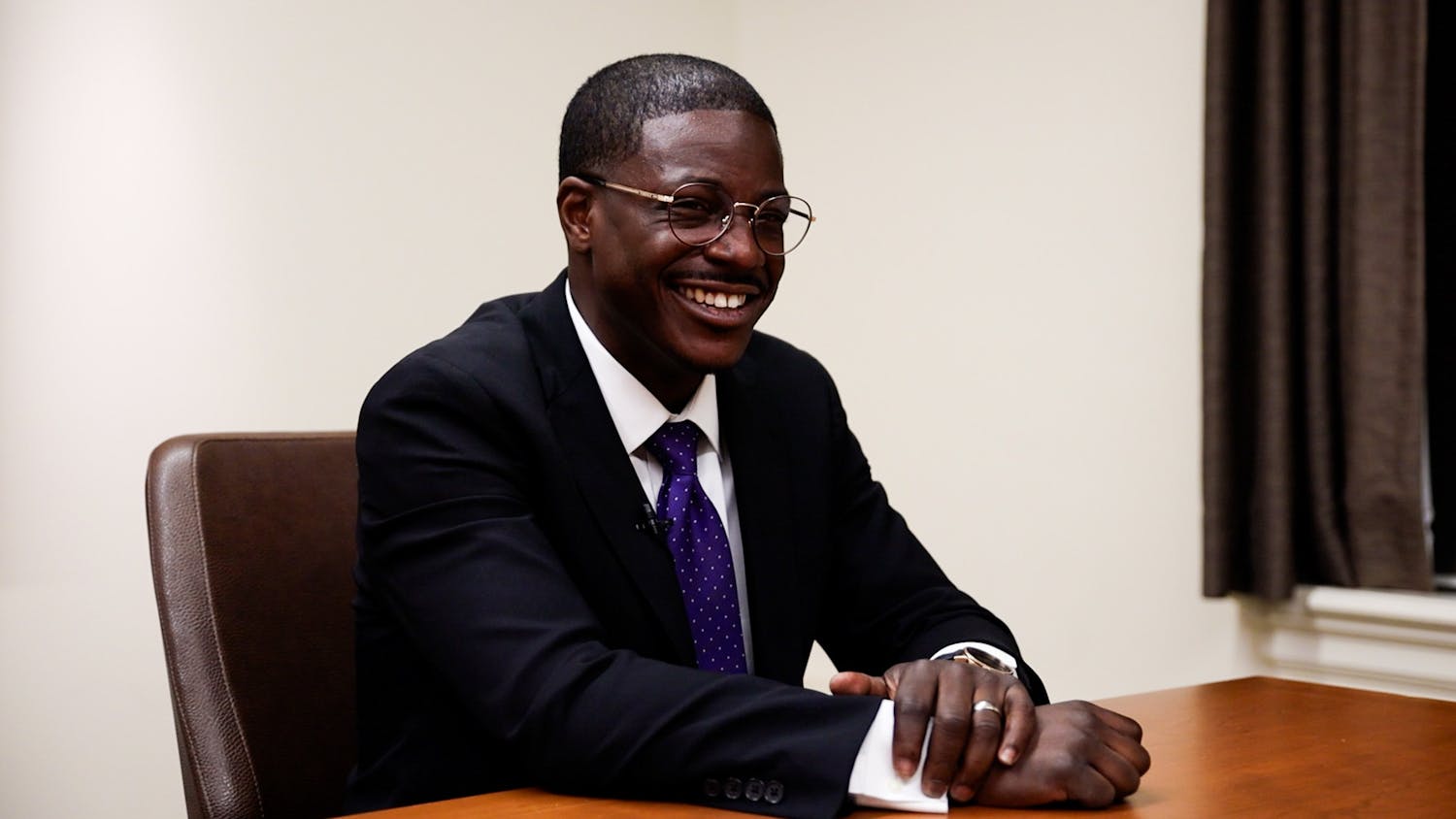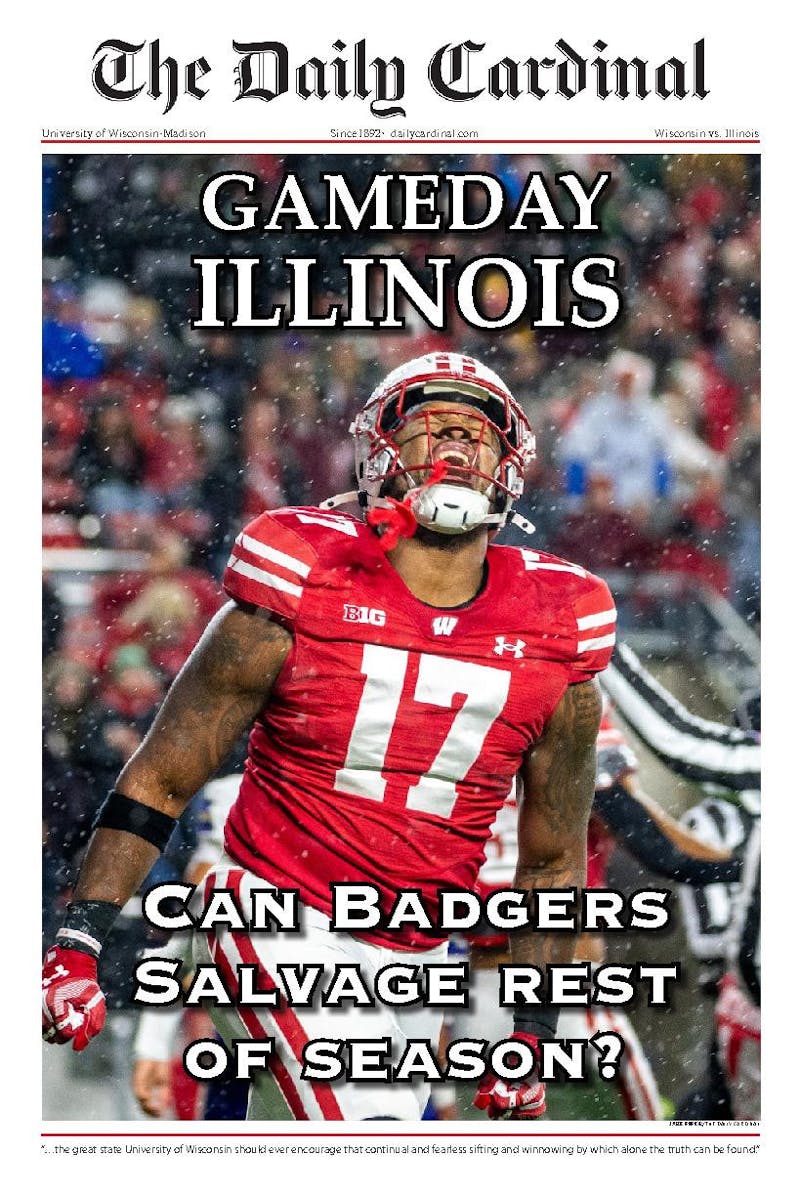Wisconsinites may lean left in the next presidential election, according to a new survey released Wednesday.
The survey, conducted by St. Norbert College Survey Center, shows the Wisconsin feelings of the electorate remain largely unchanged since the last election.
The survey showed that 47 percent of Wisconsinites would vote for a Democrat in the 2008 presidential election, if it were held today. Meanwhile, 29 percent would support an unnamed Republican candidate.
The results of the survey are close to national numbers. According to a gallop poll provided by UW-Madison political science professor Charles Franklin, if the elections were held today, 50 percent of the nation would vote Democratic and 35 percent Republican.
Despite the Democrats' early upper hand, there is still 19 months until the election.
Wendy Scattergood, the assistant professor of political science who led the survey said, ""In terms of the presidential election, we still have a number of people who are undecided. We are still very early in the game.""
According to the poll, U.S. Sen. Hilary Clinton, D-NY., leads the Democratic party with 33 percent of potential voters. U.S. Sen. Barack Obama, D-Ill., came in a close second with 30 percent of the vote.
On the Republican side, Rudy Giuliani carried 26 percent of the vote, with former Wis. governor Tommy Thompson in second with 24 percent.
Franklin said Thompson's support does not extend nationally.
""Tommy might very well get 25 percent of the vote in Wisconsin, but that is huge compared to the 1,2 or 3 percent he is getting nationally,"" he said.
According to Scattergood, the Iraq war remained the dominant issue for voters, with 42 percent of voters saying it is the most important issue facing the nation. Health care came in a distant second at 12 percent.
While the numbers on the war and health care are consistent with those across the country, the ratings may vary greatly before the election.
""History shows that in almost every presidential race since 1972, the polls and the candidates have shifted quite a lot over that time,"" Franklin said. ""The dynamics of the polls over the next 12 months ... are part of the story—they are part of how the campaign evolves.""
The survey was conducted by telephone using random selection and had a margin of error of +/- 5 percent.





